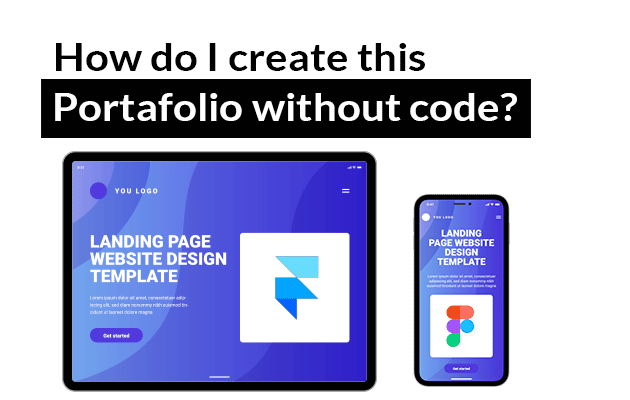Our mobile app was created as an e-commerce platform to offer a wide range of streetwear clothing from different brands in one place.
However, by analyzing the user experience, we identified opportunities for improvement in terms of navigation, usability, personalization, and loyalty.
Streetwear consumers are not only looking to buy clothes, but also to experience a digital experience that reflects their lifestyle, connects with their identity, and allows them easy access to exclusive releases.
Confusing navigation and limited search. Users struggle to find specific products due to unclear categorization, basic filters, and the lack of personalized recommendations.
Inefficient checkout process. The purchase flow is long and unintuitive, generating friction and high cart abandonment. Limited payment methods also restrict accessibility.
Unclear order tracking. Customers lack real-time updates on shipping status, generating uncertainty and post-purchase distrust.
Our validation process involved analyzing leading apps such as Nike SNKRS, Adidas Confirmed, StockX, and Farfetch.
While these platforms stand out for exclusivity, community, and transparency, they also present friction points in navigation, checkout, and accessibility.
This competitive insight helped us identify opportunities to differentiate and enhance our user experience.
Our primary user is a digital-native, fashion-forward streetwear enthusiast aged 18–32.
They value authenticity, exclusivity, and community, spending between $100–$300 per month on apparel.
They are socially active on platforms like Instagram and TikTok, constantly seeking the latest drops, limited collaborations, and unique pieces that reflect their identity.
We created low-fidelity wireframes to map flows and validate navigation. These evolved into high-fidelity prototypes in Figma, focusing on:
A clean design system with consistent typography, grid layouts, and a modern streetwear aesthetic.
Interactive prototypes tested with real users to validate clarity in navigation, checkout flow, and tracking.
Usability tests informed quick iterations, ensuring the final design reduced complexity and improved trust.
Conclusions






































